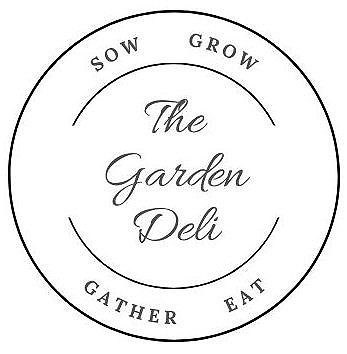Success with starting seeds
I was once told that the secret to baking a perfect loaf of bread is to keep baking bread – you learn something every time and the resulting loaf just keeps getting better and better. It’s similar with seeds – the easiest way to learn to grow from seed is to just get started and sow that first pot of seeds.
On the whole, seeds are easy to grow… it’s their main purpose in life. Some can be a little more fiddly than others, needing an extra step to break dormancy or particular conditions to spark germination, but mostly, easy. That said, there are a few guidelines that should help make your seed starting more successful –
Choose a good quality, peat-free seed compost
Give your seeds the best possible start in life! Seed composts are finer textured than the multi-purpose compost you buy for potting up tomatoes and planting hanging baskets, making it easier for delicate roots and shoots to push through. They also contain just the right amount of nutrients to keep young seedlings growing healthily until it’s time to prick them out into larger pots or plant them in the garden.
Don’t start your seeds too early
As soon as the new year arrives, it can be tempting to pull out the seed packets and get the gardening season started… I know, I’ve been there. Resist that urge!
Seeds may well germinate in January on a warm windowsill, but the seedlings will struggle with low light levels and grow tall and spindly. Even if you have grow lights, the plants will be ready for more space outdoors before the weather has improved enough for them to survive. If you really can’t wait to sow something… try growing a tray of microgreens.
As a general rule of thumb, start chilli and aubergine seeds in mid to late February, tomatoes in March and annual flowers later that month. Outdoor sowings of hardy annuals can be left until April or May.
Do a bit of research
Read up on the plants before sowing the seeds. Some, like poppies, parsley and chervil, really don’t like root disturbance, and are best sown directly where they’ll grow to avoid transplanting. Others may need a longer growing season than you have frost-free days – start them indoors and give them that extra bit of growing time. Zinnias and tomatoes benefit from a little indoor warmth to get going. And you’ll get better results with seeds like larkspur if you keep them in the fridge for a few weeks before sowing to break dormancy.
Depth matters - seeds won’t grow if they’re buried too deep . Seeds like foxglove, poppies and nigella can simply be scattered on the surface of the compost. For larger seeds, like sweet peas and beans, make a shallow hole in the compost with your finger, pop the seed in and gently cover.
Many seeds can be started indoors if you have space. That way you can more easily control the environment and your seedlings will generally do better protected from the extremes of outdoor weather and garden pests.
Water carefully
Seeds need water to germinate… but not too much. Before sowing, stand the pot in a tray of water and allow the compost to soak up the water from below, then let it drain. The surface of the compost should be damp but not soggy. Once your seeds have been sown, the best way to gauge if they need water is to gently lift the pot up – if it feels light, it probably needs more moisture. Keep watering from below – using a watering can to water from above, even with a rose attachment, can dislodge the seeds or knock over delicate seedlings.
Warmth is good for germination, light is good for growing
Especially early in the year. If you have a heated propagator your seeds will germinate that bit faster, otherwise a warm windowsill is good. Once most of the seeds have germinated and you can see the first green shoots appearing, move the pot to get as much light as possible while still protected from cold, especially drafts.
Harden off your seedlings before you plant them outdoors
As the weather warms in early spring, put your sturdy young plants outside in a sheltered, sunny position. Start with just a couple of hours and gradually build up the time outdoors over two weeks to get the plants used to the less protect environment of the garden. Remember to bring plants inside at night. You can start the process with hardy annuals in April. Half hardy plants will need to wait until the danger of frost has passed before they’re planted out.
Growing from seed is really enjoyable. You get to see the whole life cycle and save money on buying plants. What will you grow from seed this year?

